In Japan, One Size Does Not Fit All Women
How Japan’s Cookie Cutter Approach To Appearance Is Holding Back Women
In a culture where blending in is the norm, Japanese society has placed a lot of pressure on women to adhere to strictly-defined parameters in terms of their appearance. Could social media help younger women to break free?
A few months ago, I entered the lecture hall at the women’s university in Tokyo where I teach part-time. My ‘Modern Japanese Culture’ elective is one of my favorite classes, being an eclectic mix of students ranging from first-years to seniors.
I scanned the room as I was greeting the class and could not help but notice that several of the third years were dressed quite differently from normal: white blouses, conservative dark suits, hair carefully smoothed into modest low ponytails and understated makeup. One young woman, who had been sporting auburn hair just the week before, had reverted back to jet black locks.
It was that time of year again—when the students get their first taste of preparing for entry into the workforce down the line.
“Job interviews?” I asked them.
“No, it’s for our career guidance class,” one replied. “But our teacher makes us dress up as if we were going to an actual interview—for practice.”
My students were wearing ‘recruit suits’, the standard ‘uniform’ for job seekers in Japan. In a culture that prizes uniformity, it is essential to show one’s commitment by wearing the correct attire.
The Subtle Art Of Blending In
According to my students, you can get away with a more individual look if applying for a job in the fashion business or with an international firm, but for those seeking employment with a typical corporation, trendy clothing, flashy jewelry, and colorful makeup are strictly out of the question.
“If I were to dress differently from everyone, I’d worry that companies wouldn’t take me seriously”
This is just one example of Japanese society’s expectations and pressure on women to conform to a ‘one-size-fits-all’ standard of appearance. I took the opportunity to use the recruit suits as a topic for discussion. The general consensus among my students was that they had little choice but to follow the norm.
“If I were to dress differently from everyone, I’d worry that companies wouldn’t take me seriously,” said one student. Another classmate nodded. “I think Japanese companies don’t care about seeing us as individuals. It’s more about showing we can fit in perfectly with everyone else.”
While male job seekers are also expected to adhere to a narrow definition of ‘suitable’ clothing, Japanese women continue to be subjected to gender-specific rules even after landing a job and entering the workforce.
#KuToo
Now, however, some women are beginning to use social media as a platform for speaking out about the unfair burden placed on women in Japan.
In January last year, Yumi Ishikawa spoke out on Twitter about being forced to wear five to seven-centimeter heels in her job at a funeral parlor. Ishikawa, who also works as an actress and writer, launched the hashtag #KuToo, a play on words based on the Japanese for ‘shoe’ (kutsu) and ‘pain’ (kutsuu).
#KuToo struck a nerve with women all over Japan, leading to an online petition to end the mandatory wearing of heels in many companies.
The intention was never to seek a ban on wearing heels altogether, but to allow women to have the choice to wear flat shoes. However, Labour Minister Takumi Nemoto did himself no favors with the observation that wearing heels on the job was within the bounds of being “commonly accepted as necessary and appropriate.”
Nevertheless, #Kutoo has helped to start a nationwide conversation about respecting women’s individuality. Is this a sign that Japan’s younger generation of social-media-savvy women is ready to drive change?
Yuki Nakao is currently a master’s student at the Graduate School of Public Policy at the University of Tokyo, and the co-founder of WomEmpowered International (WE Int.).
Established in January 2019, the organization consists of a diverse group of young women committed to tackling gender-related issues through networking and advocacy.
From High Heels To Women’s Empowerment…
While detractors have dismissed the #KuToo movement as a fashion issue, or women being ‘selfish’ in wanting to choose their own footwear, Nakao says this is not the case.
“High heels are not merely a type of footwear. First, they constitute an obstacle to safe and healthy working conditions. Why do only women have to suffer from constant foot pain and blisters, chronic back pain, and discomfort when walking, all of which may significantly impede women’s performance and satisfaction at work?” Nakao asks, adding that this serves to exacerbate the cultural expectation for Japanese women to always “look pleasing and presentable” in public.
“In this sense, high heels are a symbol of various gender-based inequalities,” Nakao points out. There are signs that #KuToo has encouraged women to speak out about other social injustices.
“In this sense, high heels are a symbol of various gender-based inequalities,”
…And A General Debate
In November, attention turned to female employees in some sectors being told they couldn’t wear glasses on the job, even when male counterparts were free to wear glasses if they wanted. These jobs generally related to dealing with the public, including reception, hospitality and working in showrooms. As a result of having to wear contact lenses all day, some women reported health issues such as dry eyes or even infections.
Adherence to a standardized vision of what is considered aesthetically pleasing can trigger doubts about body image, too. While Japanese women generally tend to be smaller and slimmer on average than in other countries, just as in any society, there are a variety of body shapes and sizes. However, many women feel like they do not live up to the ideal.
Japan’s ‘foodie culture’ doesn’t help, either. TV shows and Instagram feeds are full of images of all-you-can-eat restaurants or the latest sweets craze. Moreover, Japan’s corporate culture of working late, coupled with frequent after-hours socializing with colleagues, means that eating out or buying prepared food is the norm for many young people.
View this post on Instagram
Being A Woman In Japan—Adopting A Standard Look
Takako Uemura, a licensed counselor at TELL, sees the effect this culture has on some clients. “For some folks, it’s easier to be a ‘standard look’ in Japan because it’s almost like a uniform. Often, I see Japanese clients and longtime international residents say ‘I just want to be normal’. The statement often dismisses their own uniqueness, which leads to a constant struggle with their authenticity,” she says.
According to Uemura, peers, colleagues, as well as the media, can all play a role in making women feel insecure about their appearance. “It’s common for women to receive insults regarding their weight or appearance at home, work and from friends. It’s almost treated as a joke. There are very few curvy models, actors or celebrities—other than comedians—in Japan. There is a lack of representation regarding body type in Japan.“
One plus-sized celebrity who has broken the mold of women’s body image in Japan is comedian and actress Naomi Watanabe. She won new fans following an appearance on an episode of the latest series of the popular makeover show Queer Eye when the Fab Five came to Japan to help several people transform their lives (Queer Eye: We’re in Japan!).
In an episode entitled “The Ideal Woman”, Watanabe offered encouragement to a woman who had lost confidence after being the victim of bullying. However, while Watanabe’s inclusion on the show was a thumbs up for loving the shape you’re in, the choice for the regular female co-host was Kiko Mizuhara, a rail-thin Japanese American model.
The Importance Of Role Models
Currently, Watanabe is still the exception, while Mizuhara is typical of the image served up to women by the Japanese media when it comes to being a woman in Japan. The concept of ‘body positivity’—a social movement based on the belief that we should all have a positive image of ourselves—was a buzzword last year.
Unfortunately, it hasn’t yet really taken root in Japan, says Naomi Chisuwa-Hayami, a lecturer in the Graduate School of Human Life Science at Osaka City University who has conducted body image research among Japanese adolescents.
While acknowledging the positive influence of more diverse role models such as Naomi Watanabe, Chisuwa-Hayami says that when it comes to their own bodies, most young Japanese still aspire to be very slender. “When I talk to students, recently they mention (announcer) Minami Tanaka or (actress) Mirei Kiritani as women they want to look like, which suggests admiration for thin women is very deep-rooted.”
She adds that she has seen an increase in young women who want more curves or muscle definition, but still coupled with a slender physique.
The Future Of Norms For Women Is In Our Hands
In addition to teaching young women at university, I am also the mother of two college-age daughters. It seems that if things are going to change in terms of expectation and norms surrounding appearance, it will have to come from the next generation themselves. Japanese media and corporate leaders (i.e. middle-aged men) are not going to be agents of change any time soon.
WE Int.’s Nakao expresses the hope that a campaign like #KuToo can be used as a way to “stretch people’s imagination in terms of stirring up popular discourse”.
“If high heels are just the tip of the iceberg, what is the iceberg? What does it look like? How was it shaped, over a long period of time, to become as large as it is now?” says Nakao. “Those questions need to frame the feminist agenda as part of public and democratic issues, rather than private, women’s issues.”
For the sake of my students, my daughters and their peers, I hope this generation can find their voices and exercise their right to love themselves just as they are. Whether it is shoe styles, recruit suits or body types, one size certainly does not fit all.

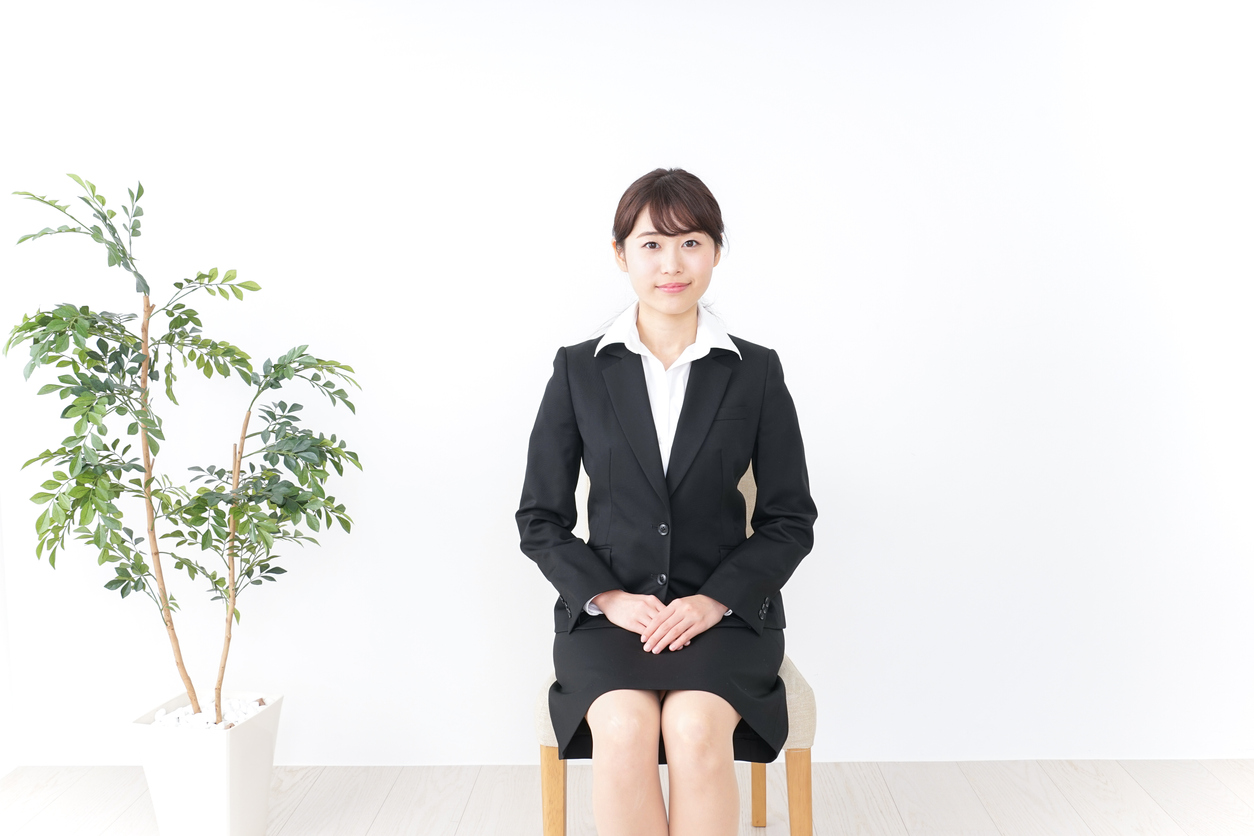

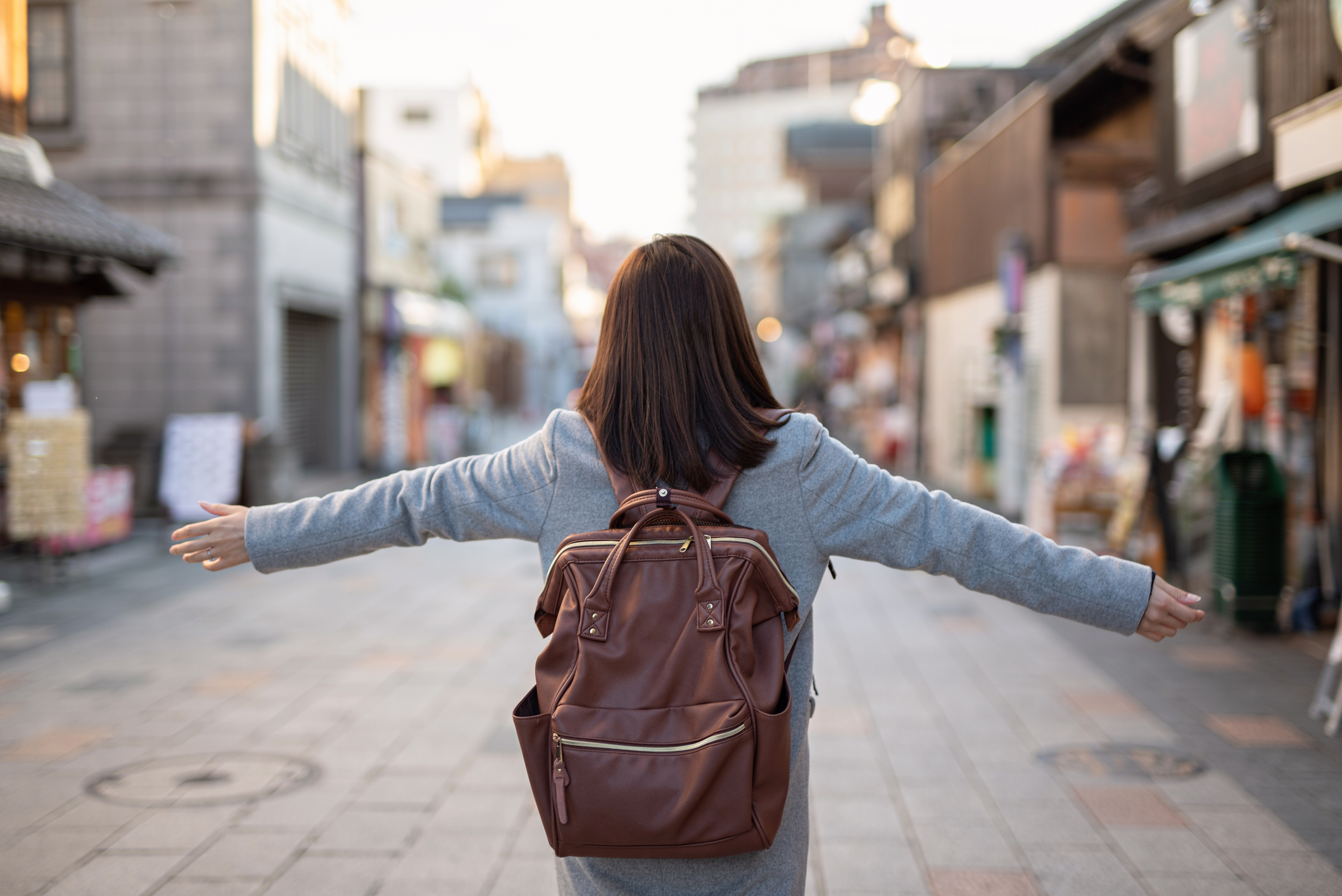











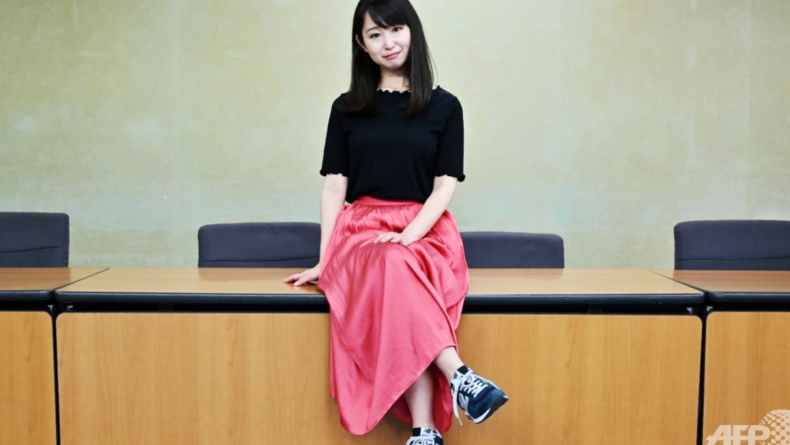

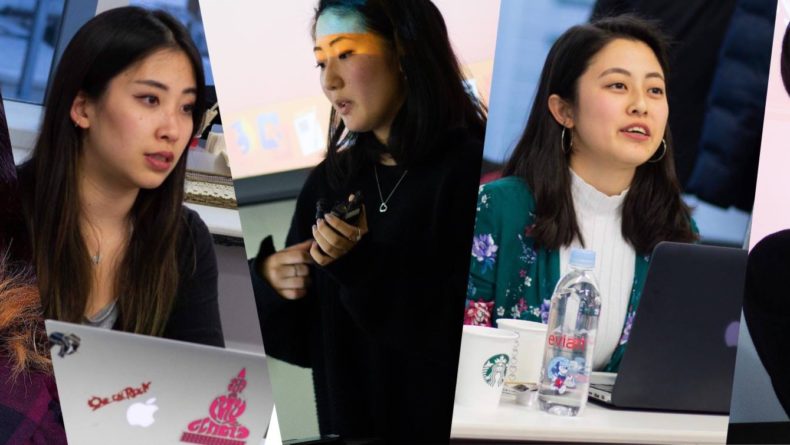
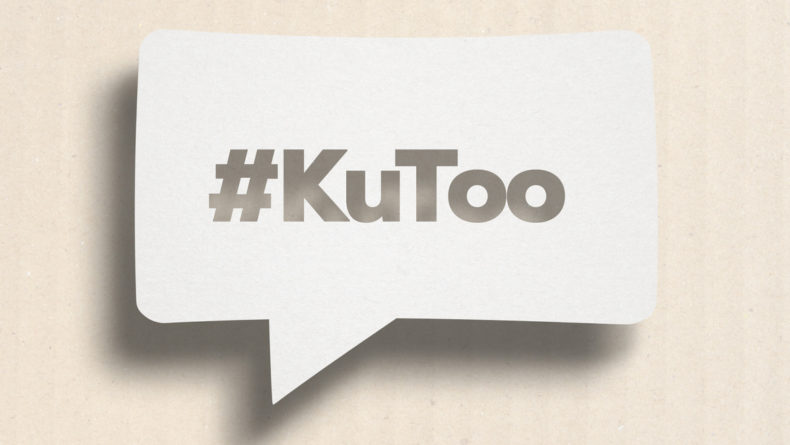
Leave a Reply